No products in the cart.
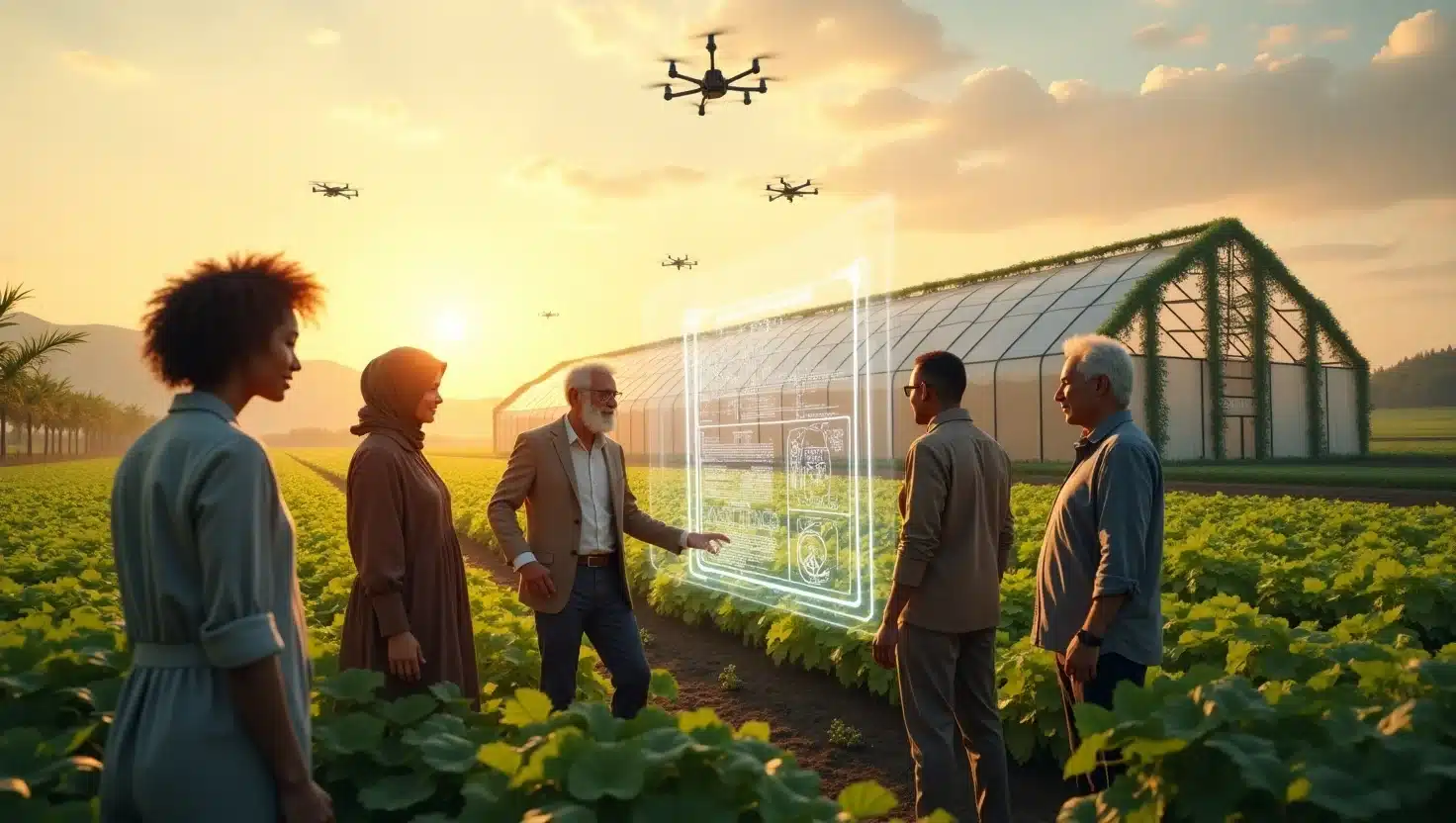
1. Introduction:
Can the very industry that feeds the world also be starving the planet?
Agriculture is one of the largest contributors to climate change, accounting for over 25% of global greenhouse gas emissions. Traditional farming methods rely heavily on excessive water use, chemical fertilizers, and outdated machinery, all of which harm our soil, deplete natural resources, and accelerate environmental degradation. As the global population rises and food demand increases, the pressure on our farming systems only grows.
But what if technology could turn things around?
AI in agriculture is emerging as a game-changer for sustainable farming. With tools like AI-powered drones, smart irrigation systems, and real-time crop monitoring technologies, farmers can make data-driven decisions that not only improve yields but also reduce waste and environmental impact. Unlike outdated systems, these AI farm automation tools can help conserve water, minimize pesticide use, and even boost soil health, one of the most overlooked keys to climate-smart agriculture.
The big question remains: Can artificial intelligence truly help farming become part of the solution to climate change? In this article, we’ll explore the challenges, breakthroughs, and real-world results showing how AI is reshaping agriculture, and possibly, saving the planet.
2. The Environmental Problems with Traditional Farming
For generations, farming has relied on traditional methods: manual labor, intensive tilling, chemical fertilizers, and predictable seasonal cycles. But in today’s rapidly changing climate, these same practices are becoming part of the problem.
Traditional farming methods are major contributors to global warming. Overuse of chemical fertilizers releases nitrous oxide, a potent greenhouse gas, while machinery and livestock add tons of carbon dioxide and methane into the atmosphere. Large-scale monocropping weakens soil health, depletes nutrients, and reduces biodiversity. Meanwhile, inefficient irrigation systems waste massive amounts of water, a critical resource already under threat in many regions.
This unsustainable cycle creates a ripple effect. Poor soil leads to weaker crops. Weak crops require more chemicals. More chemicals lead to more emissions and degraded land. It’s a system spiraling out of control, fast.
Farmers also face increasing pressure from climate unpredictability. Droughts, floods, and shifting weather patterns are disrupting planting seasons and shrinking yields. Add to that the growing threat of pests adapting to pesticides, and the cycle becomes even more costly and damaging.
This is where the opportunity lies for AI in agriculture. With tools like AI pest detection in farming and carbon farming technology, we can move away from harmful practices and toward climate-smart agriculture. Instead of reacting to problems after they happen, AI helps farmers predict and prevent them, minimizing damage while improving efficiency.
To break the environmental toll of farming, we must understand its root causes, and be willing to evolve.
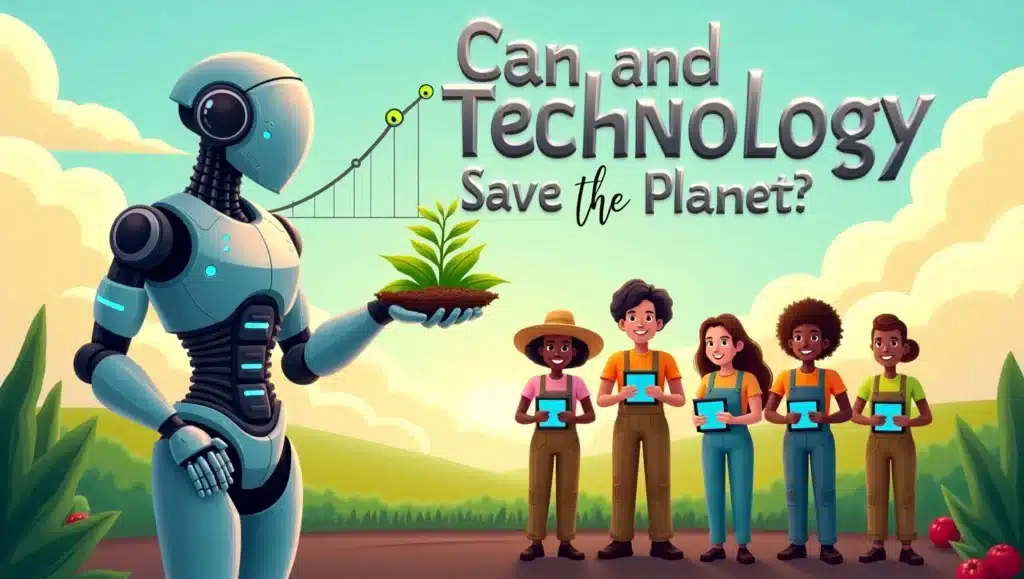
3. The Role of AI in Precision and Smart Farming
AI is no longer just a futuristic concept, it’s already reshaping agriculture. From predicting weather patterns to analyzing crop health, artificial intelligence is helping farmers make smarter, faster decisions that support both productivity and sustainability.
One of the most impactful innovations is precision farming, a method that uses AI tools to analyze massive amounts of data. These insights allow farmers to apply the right amount of water, fertilizer, and pesticides only where needed. This not only conserves resources but also protects the environment.
For instance, AI-powered drones equipped with advanced cameras and sensors can scan vast fields in minutes. They detect signs of disease, pest infestations, or nutrient deficiencies long before the human eye can. This early crop monitoring AI allows for targeted action, reducing chemical use and improving overall plant health.
Similarly, smart irrigation systems driven by AI can assess real-time weather, soil moisture, and plant needs to deliver just the right amount of water. This technology drastically cuts down water waste, especially crucial in drought-prone areas.
More advanced tools, like AI-driven crop management platforms, offer farmers full dashboards to track crop performance, climate patterns, and soil conditions. They even predict yield outcomes and recommend optimal planting times.
By shifting from guesswork to data-backed decisions, AI is turning conventional agriculture into climate-smart farming. It’s not just about doing more, it’s about doing better with less.
4. Case Study: How One Farm Reduced 40% Waste Using AI
To understand the real impact of AI in agriculture, let’s look at how one mid-sized farm in California transformed its operations using smart farming technologies.
Before adopting AI tools, the farm struggled with excessive water use, uneven fertilizer distribution, and frequent pest outbreaks, all of which drove up costs and reduced productivity. Like many others, they relied on traditional techniques that didn’t account for the variability of their fields.
In 2022, they introduced a suite of AI-powered drones and AI crop yield prediction tools. The drones captured real-time images of every acre, detecting early signs of plant stress and pest infestations. These images fed into an AI farm automation platform, which provided actionable insights on when and where to irrigate, fertilize, or intervene with pest control.
Within just one growing season, the results were staggering. Water usage dropped by 30%, chemical inputs were reduced by 25%, and overall waste fell by 40%. Even better, crop yield increased by 18%, all while using fewer resources.
This case highlights what’s possible when AI in agriculture is implemented with purpose. The farm didn’t need to expand its land or labor, it simply made smarter decisions, faster. These smart farming solutions not only made the operation more profitable but also more sustainable.
It’s a model other farms, large or small, can replicate, especially as AI tools become more accessible and tailored to local farming needs.
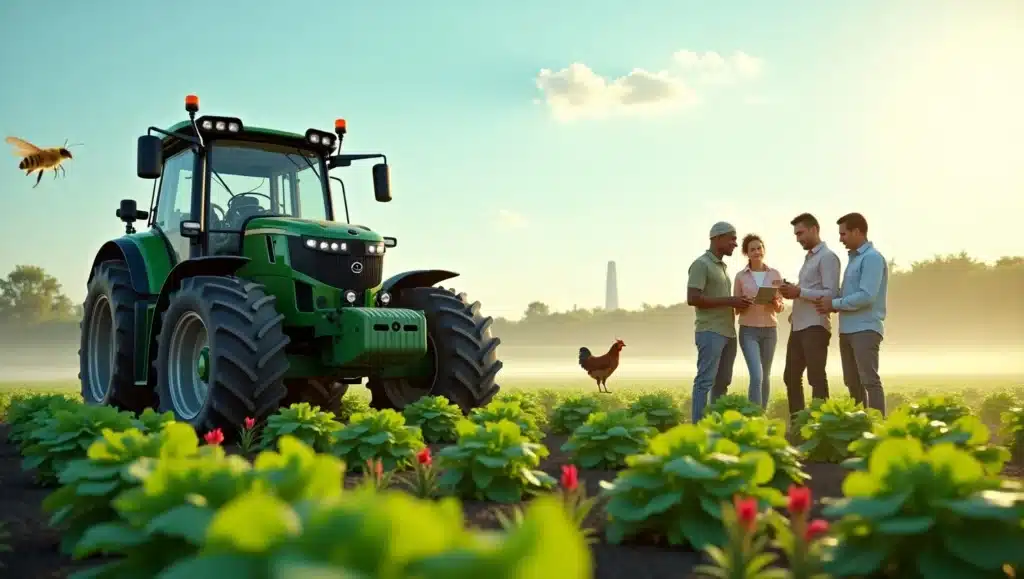
5. Key Benefits of AI in Sustainable Agriculture
The beauty of AI in agriculture lies in its ability to create more output with fewer resources. For sustainable farming, this isn’t just helpful, it’s essential. Let’s break down the major benefits AI brings to environmentally responsible agriculture.
1. Optimized Resource Use
AI systems can precisely determine where and when water, fertilizer, or pesticides are needed. This prevents waste, reduces pollution, and preserves critical resources. Smart farming solutions, like automated irrigation and drone-guided spraying, dramatically cut down water and chemical use.
2. Improved Soil Health
AI-driven analysis can monitor soil conditions in real time. Soil health AI tools detect nutrient depletion, moisture levels, and microbial activity, allowing farmers to take corrective action before the damage is done. Healthy soil means healthier crops and less reliance on synthetic inputs.
3. Pest and Disease Control
Using image recognition and predictive modeling, AI pest detection can identify threats before they become infestations. This targeted approach minimizes pesticide use and supports a balanced ecosystem.
4. Reduced Emissions
With better data comes better decisions. Precision farming reduces over-application of fertilizers and limits fuel use from unnecessary machinery runs. These practices contribute directly to carbon farming technology goals and help combat climate change.
5. Increased Profitability
Sustainability doesn’t mean sacrificing profits. AI tools reduce waste, enhance yields, and streamline operations, all of which improve bottom lines.
By embracing climate-smart agriculture, farmers can future-proof their land while protecting the planet.
6. The Barriers to AI Adoption in Farming
While the promise of AI in agriculture is exciting, the path to widespread adoption is far from smooth, especially for small and rural farmers. Despite the benefits, several key challenges are holding back the AI revolution in farming.
1. High Upfront Costs
AI-powered tools like drones, sensors, and automation systems can be expensive. For large farms, this might be manageable. But for smaller operations, the cost barrier is real. Many farmers are unsure whether the investment will provide a reliable return.
2. Lack of Digital Infrastructure
Many farming communities still lack stable internet access or the tech infrastructure needed to run advanced AI systems. This digital divide in agriculture means that cutting-edge solutions remain out of reach for many, particularly in developing regions.
3. Low Technical Skills
Adopting smart farming solutions requires some level of tech literacy. Farmers unfamiliar with digital platforms or AI analytics may hesitate to adopt tools they don’t fully understand. Without adequate training or support, adoption stalls.
4. Data Privacy & Ownership Concerns
AI relies on collecting massive amounts of farm data, soil levels, crop performance, even location. Farmers often worry: Who owns this data? How is it used? These concerns must be addressed to build trust in AI systems.
5. Lack of Tailored Solutions
Many platforms are built for large-scale agribusiness. There’s a growing need for AI for small farms, lightweight, affordable, and easy to use.
To truly unlock AI’s potential, we must solve these structural issues, ensuring that innovation is inclusive, not exclusive.
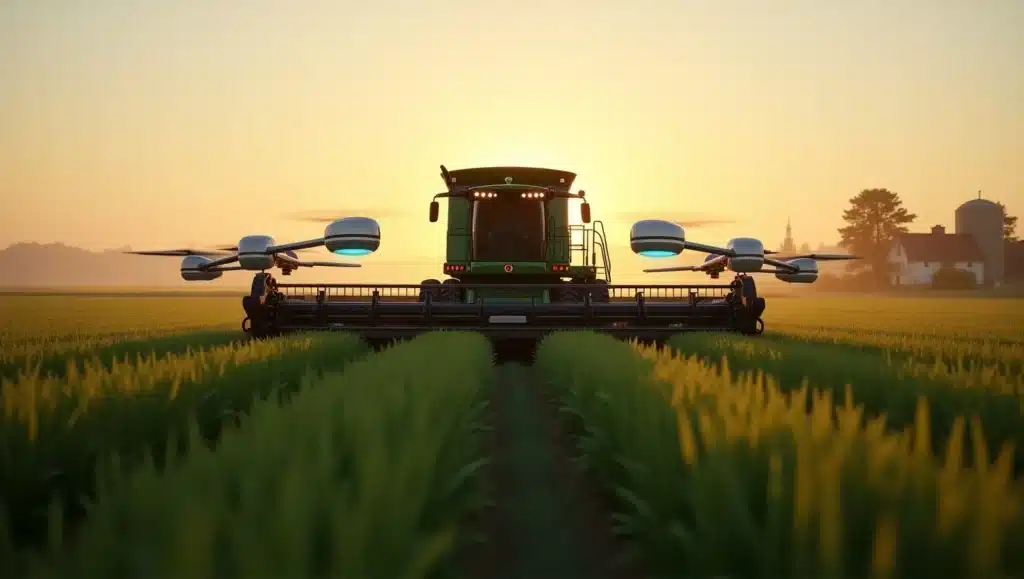
7. Future Vision: AI’s Role in Global Sustainable Development
The global push for sustainability is no longer optional, it’s urgent. Climate change, food insecurity, and population growth demand smarter, faster solutions. At the heart of these efforts is AI in agriculture, playing a pivotal role in building sustainable food systems.
AI farm automation systems are helping reduce the agriculture sector’s carbon footprint while improving efficiency and resilience. As weather becomes less predictable and resources more scarce, climate-smart agriculture powered by AI can help farmers adapt quickly, using real-time data to guide planting, irrigation, and harvest decisions.
In developing nations, emerging AI startups in agriculture are innovating localized tools, like smartphone-based crop scanners and affordable drone services, that empower even the smallest farmers. These technologies are beginning to close the digital divide in agriculture, making smart farming more inclusive.
On the global stage, AI is being used to drive progress on several UN Sustainable Development Goals (SDGs), including Zero Hunger, Climate Action, and Life on Land. Tools like carbon farming technology and precision fertilizer applications are already proving effective in reducing emissions and restoring degraded lands.
But for this vision to fully materialize, collaboration is key. Policymakers, technologists, farmers, and investors must come together to create scalable, ethical, and affordable AI solutions. When aligned with the right support systems, AI has the potential not just to improve farming, but to transform it into a climate solution.
The future of farming isn’t just about feeding people. It’s about doing it without costing the planet.
8. Conclusion & Call to Action
Farming is at a critical crossroads. For decades, it’s been a major contributor to environmental degradation, but with the right tools, it can become part of the solution. From AI-powered drones and crop monitoring systems to smart irrigation and soil health analytics, AI in agriculture is already proving that sustainability and productivity can go hand in hand.
As we’ve seen, sustainable farming solutions driven by AI can reduce waste, conserve resources, and improve profitability, all while helping to combat climate change. Yet, barriers like cost, infrastructure gaps, and digital literacy still limit adoption, especially for small-scale farmers.
The future of food, and the health of our planet, depends on how quickly and equitably we can scale these innovations. Whether you’re a farmer, researcher, policymaker, or tech developer, now is the time to act.
🔔 Call to Action:
Explore our in-depth guides on smart farming technologies, connect with AI startups in agriculture, or try our free resource hub for sustainable farm tools. Together, we can cultivate a greener, smarter future, one field at a time.
Let’s not wait for change. Let’s grow it.
FAQs:
Q1. How is AI used in sustainable farming?
AI is used in sustainable farming to optimize resource use, reduce waste, and improve productivity. Tools like AI-powered drones, soil health AI, and smart irrigation systems enable farmers to make data-driven decisions that reduce environmental impact. For example, AI can detect plant diseases early or recommend the precise amount of water and fertilizer needed. { UN FAO }
Q2. Can small farms afford AI technologies?
Yes, many AI for small farms solutions are becoming more affordable. With mobile-based platforms, pay-as-you-go models, and support from AI startups, even smaller farms can access tools like crop monitoring apps or automated irrigation controls.
Q3. What are the environmental benefits of AI in agriculture?
AI supports climate-smart agriculture by reducing emissions, preventing over-fertilization, and conserving water. It enhances carbon farming technology through precise soil management and improves sustainable food systems overall.
Q4. What challenges do farmers face when adopting AI?
Major challenges include high upfront costs, lack of rural internet access, data privacy concerns, and limited digital skills. Bridging the digital divide in agriculture is essential to ensure equitable access to smart farming technologies. { OECD }
Q5. Is AI really capable of solving global food and climate issues?
AI isn’t a silver bullet, but it’s a powerful tool when combined with policy, education, and infrastructure. It enables farmers to produce more food with fewer resources, reducing the strain on ecosystems. Its role in AI farm automation systems and precision farming aligns with the UN’s Sustainable Development Goals ( SDGs ).
Related Articles
Soil & Water Management
How AI Can Help Young Farmers Succeed in U.S. Agriculture
1. Introduction: Farming in the United States is at a crossroads. With...
Soil & Water Management
AI for Seed Selection: Choosing the Right Crops for Maximum Yield
1. Introduction: Every successful harvest begins with one critical decision, choosing the...
Soil & Water Management
AI in Soil Health: How Smart Tech is Improving Crop Productivity
1. Introduction: Healthy soil is the foundation of a productive farm, but...
Soil & Water Management
Smart Irrigation Systems: How AI Is Revolutionizing Water Management in Agriculture
1. Introduction: Water is one of agriculture’s most vital yet limited resources....
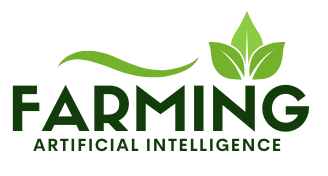
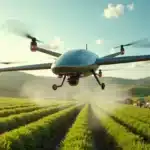
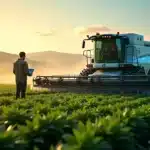
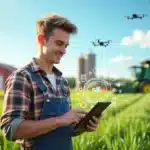

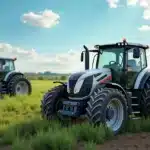

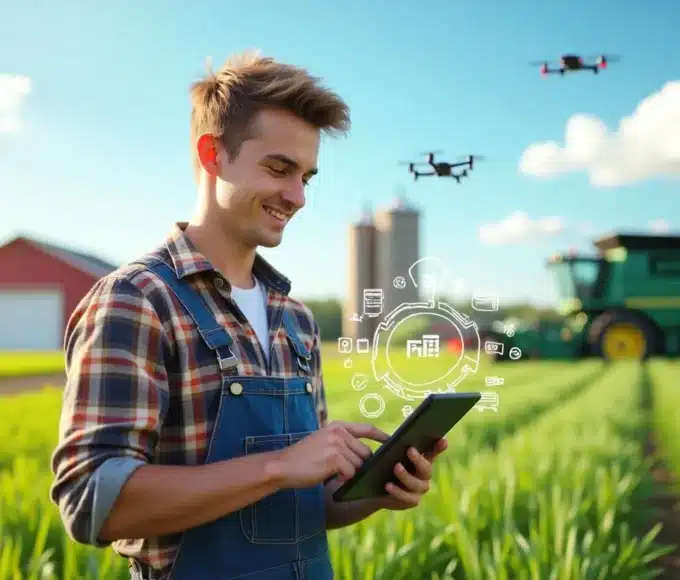
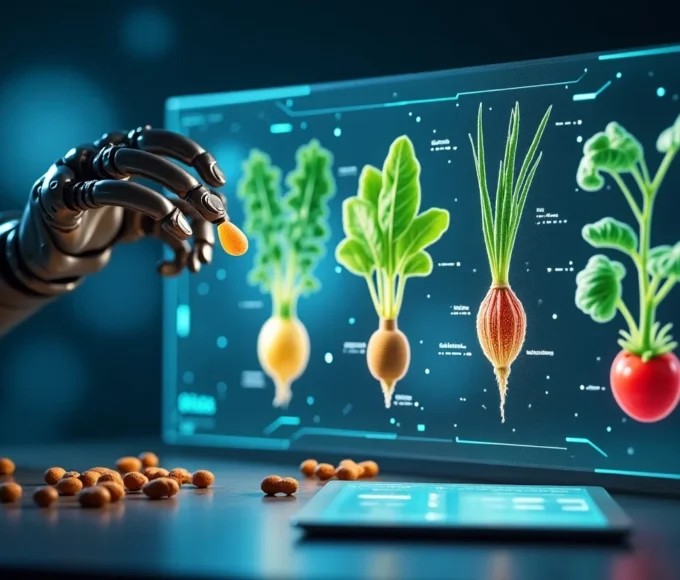
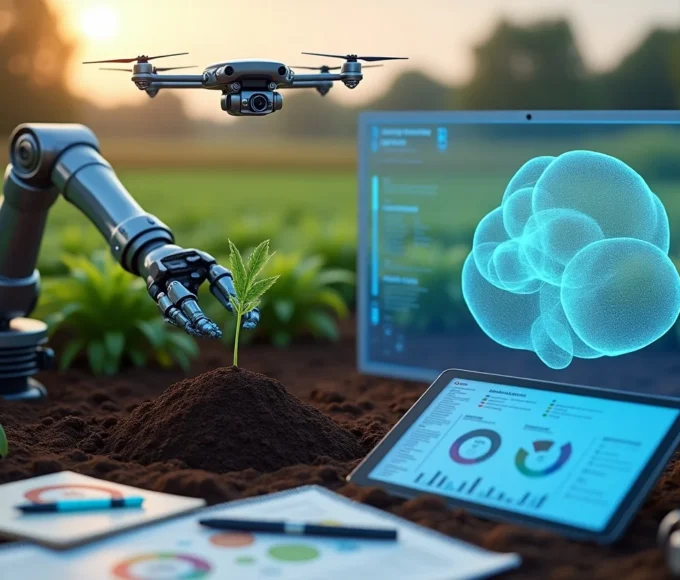
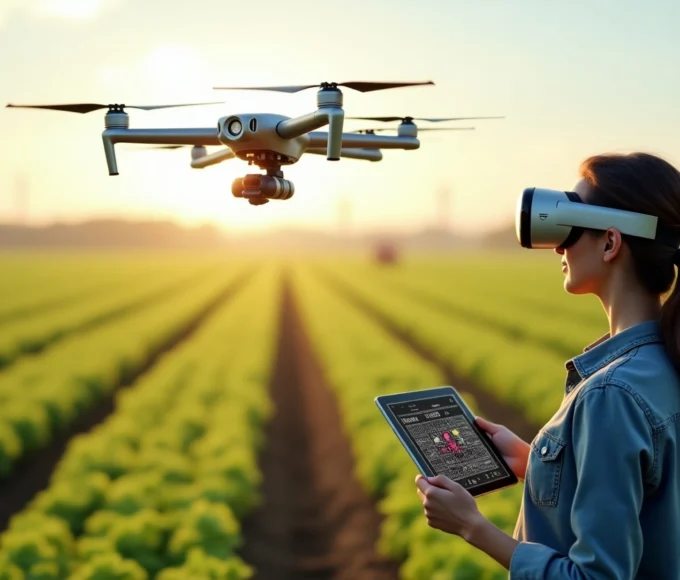
Leave a comment